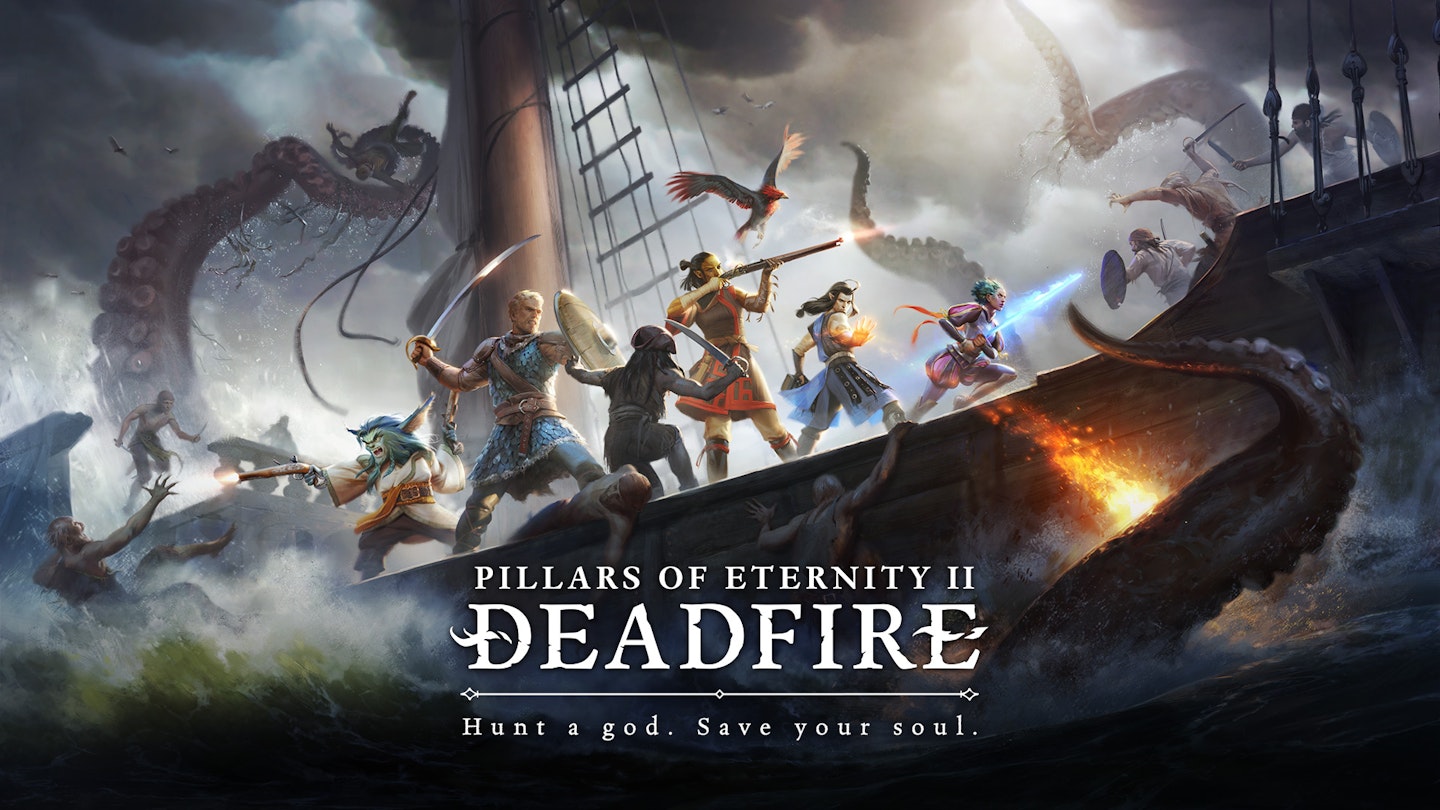Given the high bar set by 2015's Pillars of Eternity, developer Obsidian Entertainment could've easily phoned-in a sequel closely following in its predecessor's footsteps. Spin a new story, bring in a fresh cast, update the setting, and collect a quick paycheque.
And while Deadfire smartly retains and refines the original's best features – from its stellar writing and world-building to its nuanced combat and character development – the veteran RPG makers at its helm have gone above and beyond to introduce a number of new, welcome elements.
First and foremost, Deadfire sets its epic adventuring on the high seas, putting you in command of a ship and letting you chart a course through its massive, island-dotted map. Its god-hunting critical path picks up not long after part one's conclusion – and its story's still very much of the high-fantasy variety – but the new narrative direction and ocean-based over-world lend it an engaging, swashbuckling bent.

It's not just window dressing either, as the gameplay significantly benefits from the fresh approach. Your seaworthy craft isn't just transportation, but a combat vessel capable of taking part in deeply strategic, hull-obliterating naval battles. You'll also need to oversee your ship's resources, recruit, manage, and maintain a crew of sailors, and pillage and plunder as you see fit.
Considering the enormous amount of freedom Deadfire grants you to forge your own path, you could sink hours upon hours into just playing pirate. Of course, the sequel's numerous new features and refinements aren't solely concerned with buried treasures and sea shanties. The series' cerebral, companion-based combat returns, but now offers both the pause-and-play real-time default, as well as a turn-based option. Regardless of your preference, either offers an engaging, expertly polished experience,.
Despite Deadfire improving upon its predecessor in nearly every way, it's not without its weak links. Load times, in particular, can be an immersion-breaking beast, both in their length and frequency, while the text-heavy nature of the narrative may not be everyone's cup of mead. Make no mistake, the story – and the ability to shape it through choice-driven gameplay – is second to none, but newcomers should know up front they'll be reading as often as swinging steel and casting spells.

New recruits can also expect a bit of a learning curve when it comes to getting up to speed on the franchise's reams of lore. Deadfire does a decent job catching you up on the highlights, but it's no substitute for having experienced these events first-hand. If you are among those who notched 100 or so hours in the original – and somehow managed to miss the follow-up on PC – however, you're in for a real treat.
Indeed, fans of the groundbreaking first game, as well as those brought up on classic, isometric RPGs, can count on many satisfying, sleepless nights; it's difficult to put Deadfire down once its absorbing tale, compelling character interactions, and layered combat dig their hooks into you. Toss in the console version's inclusion of all previously released expansions, and you'll likely find this one as infectious as a nasty case of scurvy.
